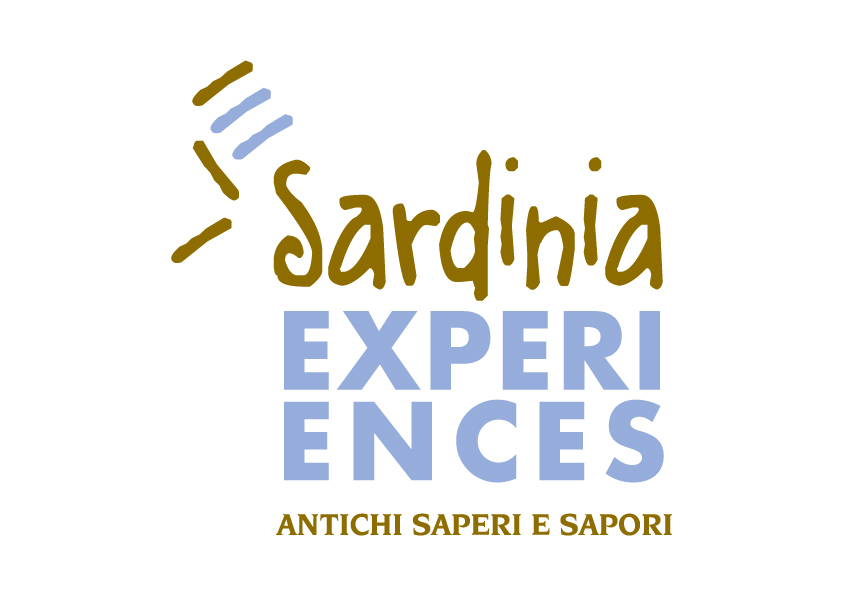HISTORICAL OVERVIEW
Sennariolo Historical Overview
A characteristic agropastoral village located in the Montiferru area, in central-western Sardinia, 15 kilometres from Bosa and less than 50 from Oristano.
It is known for the production of pecorino cheese, beekeeping and its olive groves, from which honey and oil of the finest quality are obtained.
A village laid in an enchanting landscape to be experienced at a leisurely pace, a location where you will be able to enjoy a resplendent greenery and a fragrant air.
The urban structure is typically agro-pastoral: a tangle of narrow streets and alleys and low houses made of basalt and sandstone, with spacious yards, side by side, the facades embellished with jambs, lintels, cornices and murals. At the northeast end of the historic centre stands the parish church of Sant’Andrea Apostolo, dating from 1676. The interior features exposed stonework in the supporting structures and a single nave, with two chapels on each side and a chancel, all barrel-vaulted.
Attached to the facade is a bell tower, completed in 1867. The patron saint is celebrated on November 30. A few kilometres from the town lies the shrine of San Quirico, while atop a scenic elevation stands the church of Santa Vittoria, erected to thank the saint after the victory of the locals over the invading Moors.
Beside the village run two streams, the rio Mannu and the rio di Marale, populated by trout and eels. Also worth noting is the Funtana ezza, the village’s ancient spring. The name may derive from s’ena ‘e riu, which means “vein of the river”.
The area is home to a number of domus de Janas (rock-cut chamber tombs) as well as Giants’ graves and numerous nuraghi [the plural of nuraghe], including Fromigas, Murcu, s’Ena and Tiana, and above all Liortinas, guarding the confluence of two streams, a rare and imposing example of a circular corridor nuraghe, which can be walked for two-thirds of its length.




